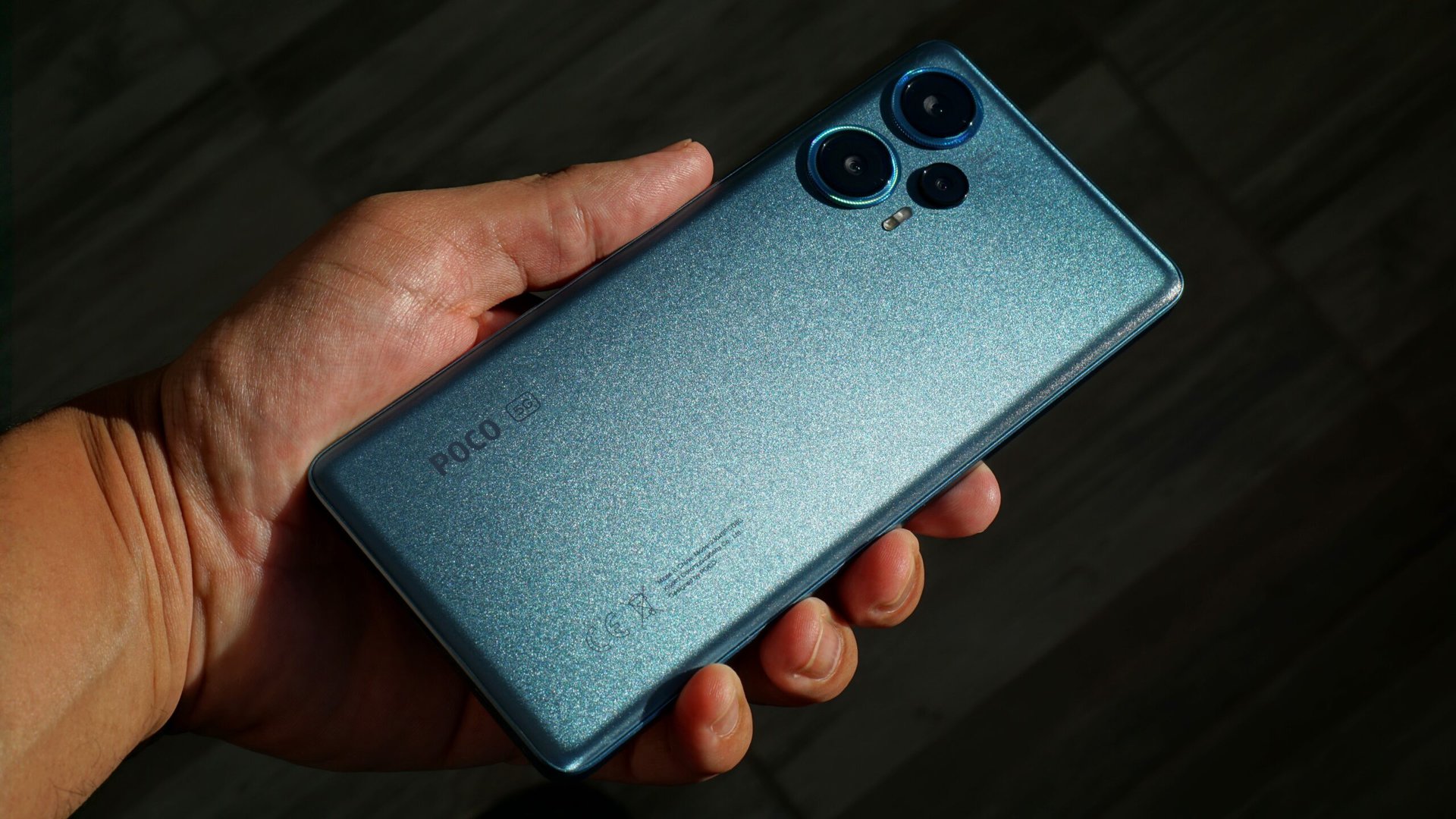Poco’s History:
Poco was an innovative smartphone line from Xiaomi that was introduced in 2018 with the goal of providing premium features at a competitive price. Since then, Poco has caused a stir in the smartphone market with its inexpensive but feature-rich products. The Poco F1, the brand’s debut product, was a big hit, especially in India where it developed a cult following. For a price that was substantially less than the competition, the Poco F1 provided a potent Snapdragon 845 engine, a sizable 4,000mAh battery, and a flagship-caliber camera system. The “flagship killer” Poco F1 established the standard for the company’s upcoming products.
Since then, Poco has released a number of additional gadgets, including the Poco F3 GT, Poco M3 Pro 5G, and Poco X3 Pro. Each of these products offers premium features at price much lower than their competitors which has lead them to become the cost leaders within this industry. Poco phones often come with a sizable battery, a top-notch camera system, and a powerful processor—all of which are components crucial for a satisfying smartphone experience and quite frankly the reason why people love these phones.
Success:
Much of Poco’s success can be attributed to its emphasis on delivering a superior user experience. Poco uses a customized version of android made exclusively for its own smartphones called the MIUI which is installed on all Poco devices. With a tonne of customization options, MIUI delivers a simple, clear user interface that promises an optimal user experience while ensuring the highest functionality is retained.
Poco’s aggressive pricing policy is another factor in the company’s popularity. Devices from Poco are much less expensive than similar-specified alternatives, which makes them a desirable choice for consumers on a tight budget. Poco has been able to carve out a position for itself in the fiercely competitive smartphone market because to its emphasis on providing high-end features at a cheap price.
Poco is renowned for its strategy that is community-driven. Users can discuss their experiences using Poco devices, make suggestions for improvement, and interact with other users in the company’s vibrant online community. In order to enhance the user experience, Poco has also responded promptly to consumer feedback and regularly provided software upgrades.
The F Series:
Poco’s F series is known for delivering excellent value for money, thanks to their top-notch performance, OLED displays, and other impressive features. As a result, they are considered among the best mid-range smartphones in the market. After building anticipation for a few weeks, Poco, which is affiliated with Xiaomi, has unveiled the latest additions to their smartphone lineup – the Poco F5 and F5 Pro. If you’re on the lookout for high-powered smartphones that won’t break the bank, you should definitely keep an eye out for these new devices.
The Poco F5:

Credits: Android Authority
The Poco F5 Pro shares many similarities with the China-exclusive Redmi K60, but with one key difference – the K60’s 5,500mAh battery has been replaced with a slightly smaller 5,160mAh battery. Nevertheless, the Poco F5 Pro retains the Snapdragon 8 Plus Gen 1 processor found in the original model, which offers better performance in GPU benchmarks. Poco also claims that the device features “LiquidCool 2.0” technology to manage temperature levels.
What sets the Poco F5 Pro apart is its QHD+ OLED display, which offers a refresh rate of 120Hz, and wireless charging capabilities of up to 30W, a first for Poco. However, if speed is your top priority, the device still supports 67W wired charging. The Pro model also boasts a 64MP+8MP+2MP triple rear camera system, with the primary camera supporting 8K video recording. For selfies, the device is equipped with a 16MP front-facing camera.
Other notable features of the Poco F5 series include Bluetooth 5.3, an IP53 rating, the MIUI 14 for Poco skin, and dual speakers. Additionally, the Poco F5 comes with a 3.5mm headphone jack, while the Poco F5 Pro features an in-display fingerprint scanner, whereas the F5 model has a side fingerprint scanner. Overall, both devices offer exceptional value for money, especially with their premium features typically found on more expensive smartphones.











